Articles
Intermodal
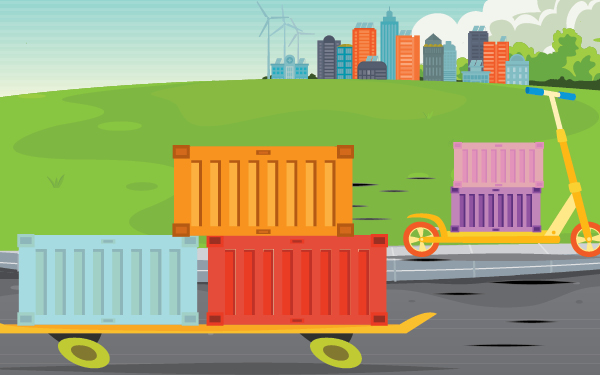
International Intermodal: Containers on the Move
As container volumes rise, shippers hop on board with new IT solutions to contend with chassis and driver shortages.
Read More
Intermodal Transport: Finding the Road to the Right Track
Tight trucking capacity, the strong economy, and ongoing improvements on the rail are spurring more shippers to consider intermodal transportation. But finding a container, or a truck to haul it to or from the rail terminal, isn’t always easy, either.
Read MoreBye, a la Mode
As part of a business plan to centralize operations and move away from independent owner-operator networks, Hub Group sold its Mode Transportation subsidiary to an affiliate of York Capital Management, a diversified investment manager, for approximately $238.5 million, with about $20 billion under management. Hub’s primary focus is intermodal, and it has sold a 3PL […]
Read More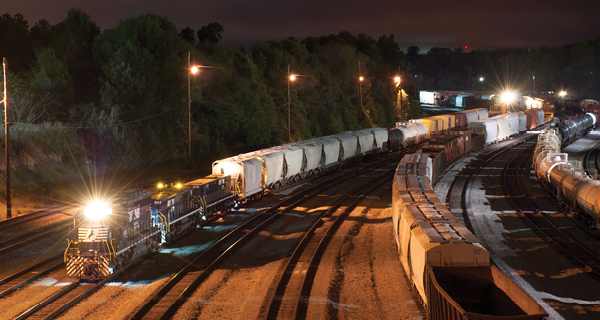
A Fresh Look at Intermodal
With driver shortage and capacity issues affecting trucking, once wary shippers are taking a different view of rail intermodal.
Read More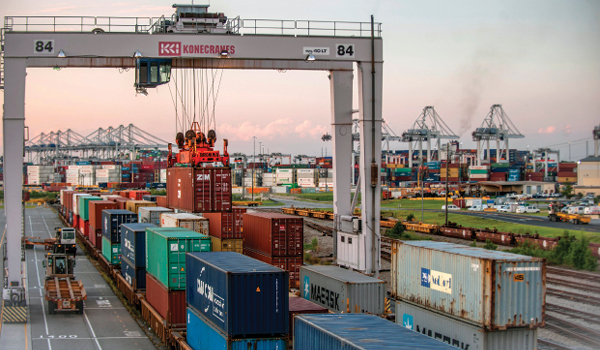
Intermodal Delivers in 2017
Intermodal freight volumes posted a fourth-quarter growth rate of 5.8 percent year-over-year, according to the Intermodal Association of North America’s (IANA) fourth quarter and year-end Intermodal Market Trends & Statistics report. International volume increased by 7.7 percent; domestic containers grew by a modest 2.5 percent; while trailer loads increased by 12.2 percent. "The imbalance between […]
Read MoreIntermodal Volumes Best in Nearly Four Years
Total intermodal volumes climbed 7.2 percent year-over-year in the first quarter of 2018, the strongest gain since Q2 2014, according to the Intermodal Association of North America’s (IANA) Intermodal Market Trends & Statistics report. Domestic containers increased 6.2 percent, international intermodal volumes grew 7 percent, and trailers led overall growth at 14.5 percent. “Drivers for […]
Read More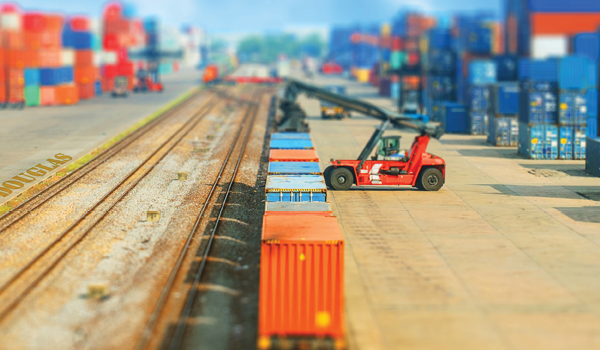
Intermodal Benefits Come Into Focus
Intermodal is looking sharp to a growing number of shippers, thanks to tightening truck capacity, new service options, and infrastructure improvements.
Read MoreDoes Multimodal Logistics Have a Future in Europe?
When it comes to multimodal logistics moving freight by combining two or more transport modes Europe still lags the more advanced U.S. market, but has made steady progress, according to Colliers International’s latest industrial research for the EMEA. The future drivers of multimodal traffic in European corridors include: Mega projects. Infrastructure is vital to enhancing […]
Read More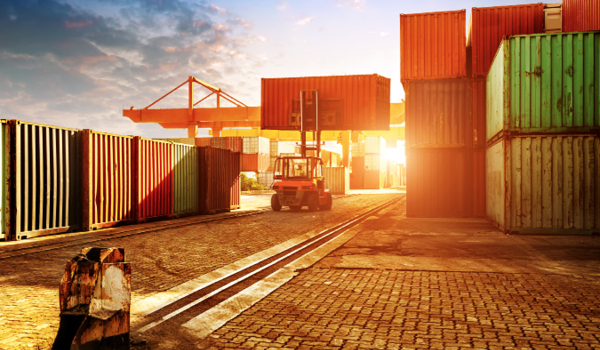
Intermodal Bounces Back in Q1
Intermodal freight volumes returned to growth in the first quarter of 2017 following declines during 2016, according to the Intermodal Association of North America’s (IANA) Intermodal Market Trends and Statistics report. International and domestic containers rose 2.9 percent and 1.3 percent respectively, and intermodal trailers posted minimal gains of 0.3 percent. "All intermodal market segments […]
Read MoreSchneider Expands Intermodal Network With Baltimore Ramp
Intermodal shipping in the Mid-Atlantic region just got easier. Schneider, a truckload, intermodal, and logistics provider, has started offering inbound and outbound intermodal ramp service in Baltimore. The Baltimore ramp allows Schneider to provide customers with more efficient intermodal services by creating additional Mid-Atlantic southbound/northbound lanes previously unavailable in Schneider’s network. The new lanes connect […]
Read More